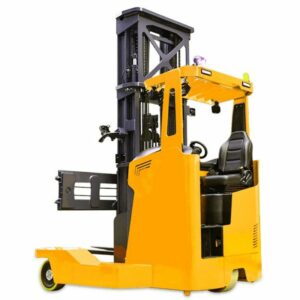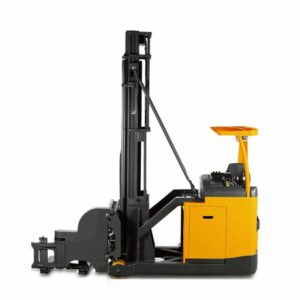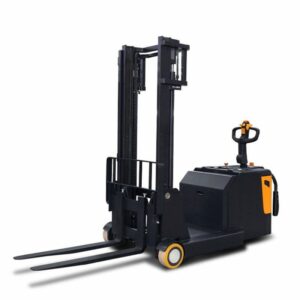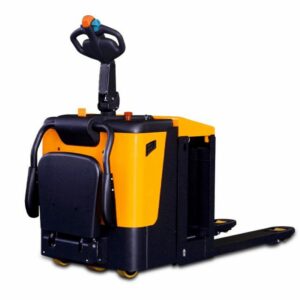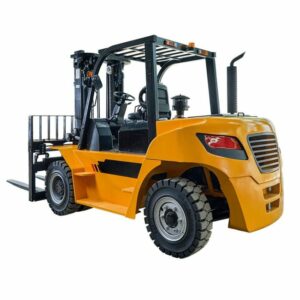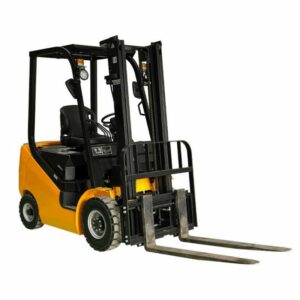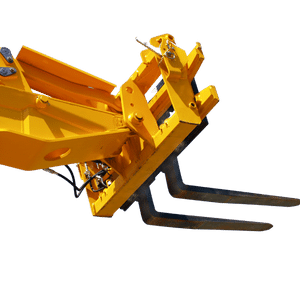PRODUCT FEATURES
Internal Combustion Counterbalance Truck Manufacturer To Rocket Your Business
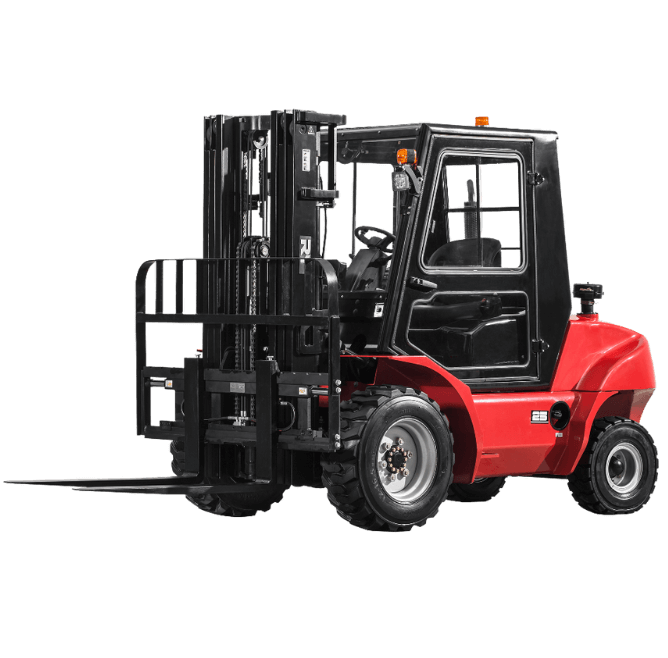
PRODUCTS
Proud to Offer a Wide Variety of Forklifts
If you are looking for something specific that isn’t listed on our website yet, just contact us today.

ABOUT US
Who is uforklift.com
uforklift.com have seen that today there are also many forklift companies in China & internationally. However, their solutions were still stuck a few years ago.
In fact, we have been upgraded in recent years, and uforklift.com hope our smart and flexible solutions can inject fresh blood into this market.
PARTNER
Who Trust Us





BUYER’S GUIDE
Internal Combustion Counterbalance Truck: The Basics
If you’re in the market for a new forklift, or even just considering it, then you’ve probably heard of counterbalance trucks. But what are they? And more importantly, what makes them different from other types of forklifts?
These machines allow businesses to move heavy objects around with ease, making them an essential piece of equipment in any warehouse or distribution center. While there are many different types of forklifts available, the most popular by far is the internal combustion counterbalance truck.
In this post, we’ll go over the basics of counterbalance trucks, including what they are and how they work. We’ll also talk about some of the benefits that come with owning one. Read on to learn more!
Table of contents
1. Internal Combustion Counterbalance Truck Definition
An internal combustion counterbalance truck is a type of forklift that uses an internal combustion engine to power its lifting and driving functions. These trucks are typically used in industrial warehouses, where their lifting capacity and maneuverability make them well-suited for moving heavy loads around tight spaces.
They are powered by a gasoline or diesel engine and have a lifting arm that can be used to move heavy objects. These trucks are popular because they are relatively inexpensive and easy to operate.
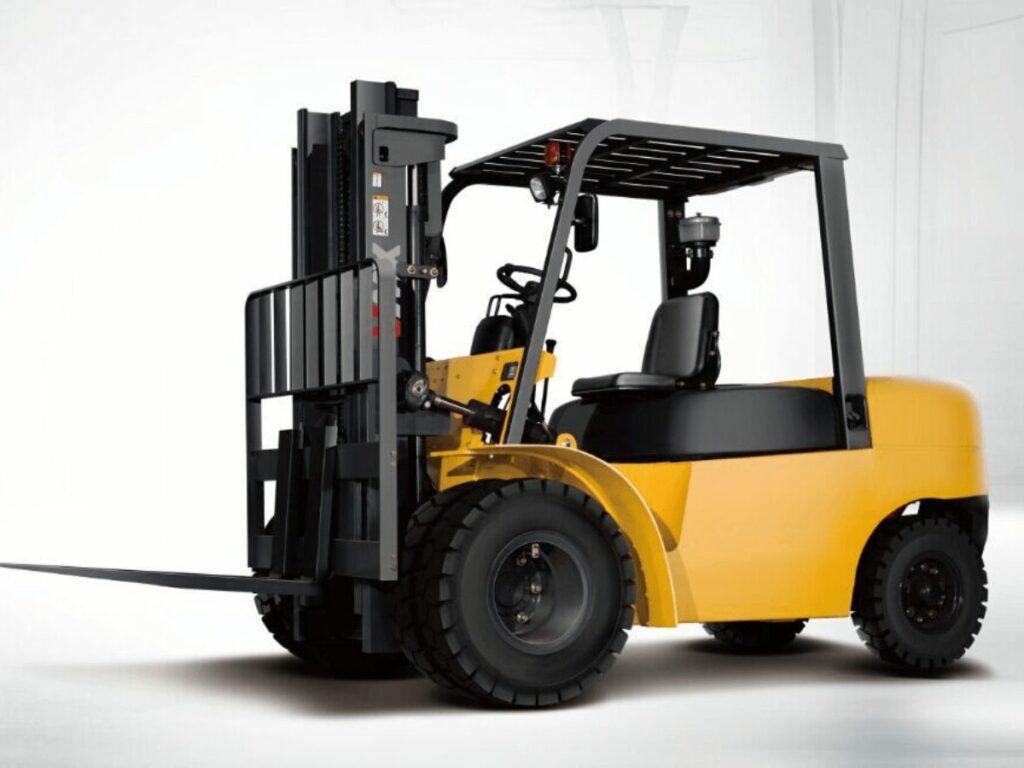
2. Main Components of An Internal Combustion Counterbalance Truck
An internal combustion counterbalance truck has four main components: the engine, transmission, drive axle, and frame. These components work together to power the truck and keep it moving.
Engine
The engine is the heart of the internal combustion counterbalance truck. It burns fuel to create energy that powers the other components of the truck.
Transmission
The transmission helps transfer this power from the engine to the wheels. It does this by using gears to change the speed and torque of the engine. This allows the truck to move smoothly and efficiently.
Drive axle
The drive axle is responsible for powering the wheels and making the truck move. It is connected to the engine and transmission and transmits power to the wheels.
Frame
Frames are typically made of steel or aluminum, and they are very strong to support the weight of the truck and its cargo. They also need to be lightweight so that the truck can easily maneuver around. Frames typically have several cross members running through them to provide extra stability.
These are the most important components of an internal combustion counterbalance truck. Without these parts, the truck would not be able to move or lift heavy objects.
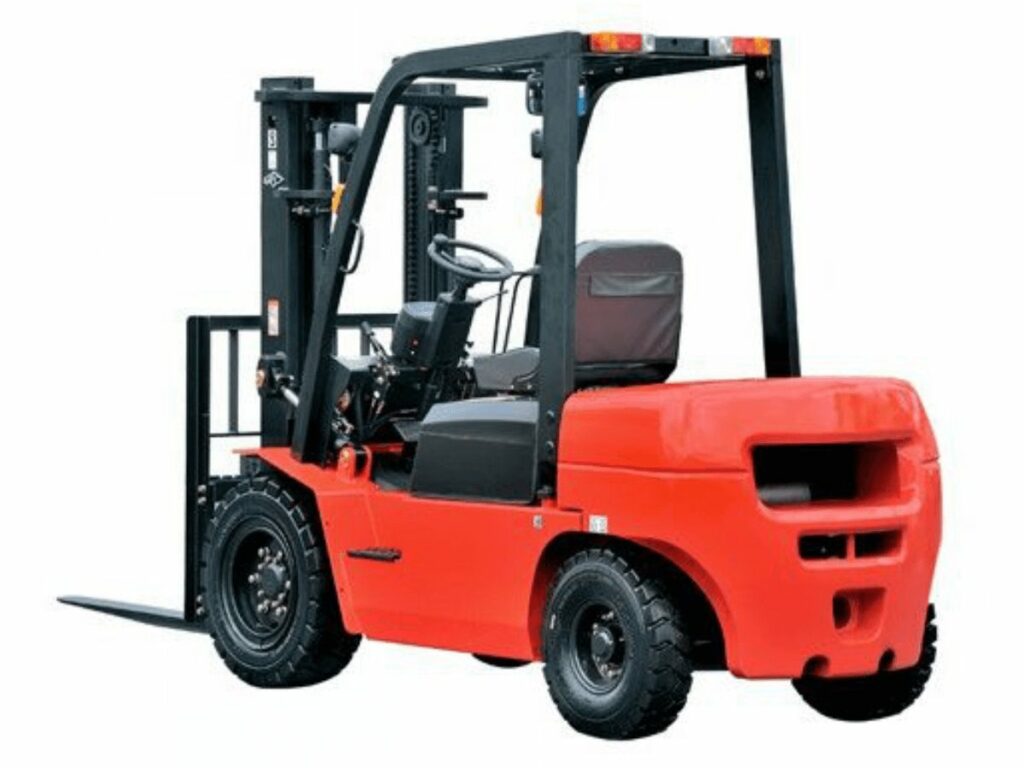
3. Different Types of Internal Combustion Counterbalance Trucks Available on The Market Today and Their Cost
There are many internal combustion counterbalance trucks available on the market today. Each type of truck has its advantages and disadvantages. The most popular types of internal combustion counterbalance trucks are:
| Types | Cost |
| Pneumatic Tire Counterbalance Truck | USD 15,000 – USD 30,000 |
| Cushion Tire Counterbalance Truck | USD 20,000 – USD 30,000 |
| Electric Counterbalance Truck | USD 30,000 – USD 40,000 |
| LPG Counterbalance Truck | USD 13,000 – USD 25,000 |
| Diesel Counterbalance Truck | USD 30,000 – USD 50,000 |
| Gasoline Counterbalance Truck | USD 15,000 – USD 30,000 |
Pneumatic Tire Counterbalance Truck
This type of truck is designed for use on smooth surfaces, such as concrete or asphalt. They are ideal for indoor use, as they have low emissions and are very quiet.
Pneumatic tire counterbalance trucks typically have a capacity of between 2 and 5 tons. Generally, pneumatic tire counterbalance trucks cost between USD 15,000 and USD 30,000.
Cushion Tire Counterbalance Truck
The internal combustion cushion tire counterbalance truck is one of the most popular types of trucks on the market today. This type of truck is typically used in warehouses and distribution centers.
They are designed to operate on smooth surfaces, such as concrete floors. The cost of these trucks can range from USD 20,000 to USD 30,000.
Electric Counterbalance Truck
This type of truck is powered by batteries, making it environmentally friendly. Electric counterbalance trucks are also very efficient and have lower operating costs than internal combustion trucks. Generally, electric counterbalance trucks cost between USD 30,000 and USD 40,000.
LPG Counterbalance Truck
LPG counterbalance truck, also known as a propane counterbalance forklift, is powered by Liquefied Petroleum Gas (LPG). LPG is a clean-burning fuel and is less expensive than gasoline or diesel. This counterbalance propane truck is perfect for indoor use and has low emissions. The cost of an LPG counterbalance forklift ranges from USD 13,000 to USD 25,000.
Diesel Counterbalance Truck
Diesel counterbalance trucks are powered by diesel engines. These are the most powerful type of internal combustion trucks. They are designed for heavy-duty use and can operate on any type of terrain. The cost of a diesel counterbalance truck ranges from USD 30,000 to USD 50,000.
Gasoline Counterbalance Truck
The gas counterbalance forklift is powered by gasoline engines. They are less expensive than diesel trucks and are typically used for light-duty applications. The cost of a gasoline counterbalance truck ranges from USD 15,000 to USD 30,000.
4. Uses of An Internal Combustion Counterbalance Truck in A Business Setting
An internal combustion counterbalance truck is a type of forklift truck that uses an internal combustion engine to power its lifting operations. ICBTs are typically used in industrial and commercial settings for tasks such as loading and unloading goods, moving materials around a warehouse, or stacking pallets.
Loading and Unloading Goods
One of the most common uses for an internal combustion counterbalance truck is loading and unloading goods from trucks or containers. The internal combustion engine gives the truck the power it needs to lift heavy loads, making it ideal for this type of work.
Moving Materials Around a Warehouse
Another common use for an internal combustion counterbalance truck is moving materials around a warehouse. This can include tasks such as picking up pallets of goods and moving them to a different location or rearranging stock in the warehouse.
Stacking Pallets
Another common use for an internal combustion counterbalance truck is stacking pallets. This can involve either stacking empty pallets in a storage area or loading pallets with goods onto trucks or containers. Either way, the internal combustion engine provides the power needed to lift and move heavy pallets.
5. Benefits of Using an Internal Combustion Counterbalance Truck
Using an internal combustion counterbalance truck has many benefits. This can help your client to step up from a manual pallet truck. This can be a great investment for companies who are always on the go and need to move products quickly and efficiently.
Some of the benefits of using an internal combustion counterbalance truck include:
Increased Productivity and Efficiency
The internal combustion counterbalance truck is designed to be more productive and efficient than its electric counterpart. By having an internal combustion engine, the truck can operate for longer periods without needing to be recharged. This allows for increased productivity as the truck can be used for longer shifts.
Lower Emission Levels
Another benefit of using an internal combustion counterbalance truck is that it emits lower levels of emissions than electric trucks. This is due to the internal combustion engine not producing as many emissions as an electric motor.
This can be beneficial for companies that are looking to be more environmentally friendly and reduce their carbon footprint.
Reduced Maintenance Costs
The internal combustion counterbalance truck also has reduced maintenance costs when compared to electric trucks. This is due to the internal combustion engine not having as many moving parts as an electric motor. This can be beneficial for companies that are looking to save money on maintenance costs.
Increased Safety
The internal combustion forklift is also a safer option than electric trucks. This is due to the internal combustion engine not producing as much heat as an electric motor. This can be beneficial for companies that are looking to improve safety in their workplace.
If you are considering using an internal combustion counterbalance truck in your business, be sure to weigh the pros and cons carefully to make the best decision for your client’s needs. And, as always, if you have any questions, please don’t hesitate to send us your inquiry at Uforklift!
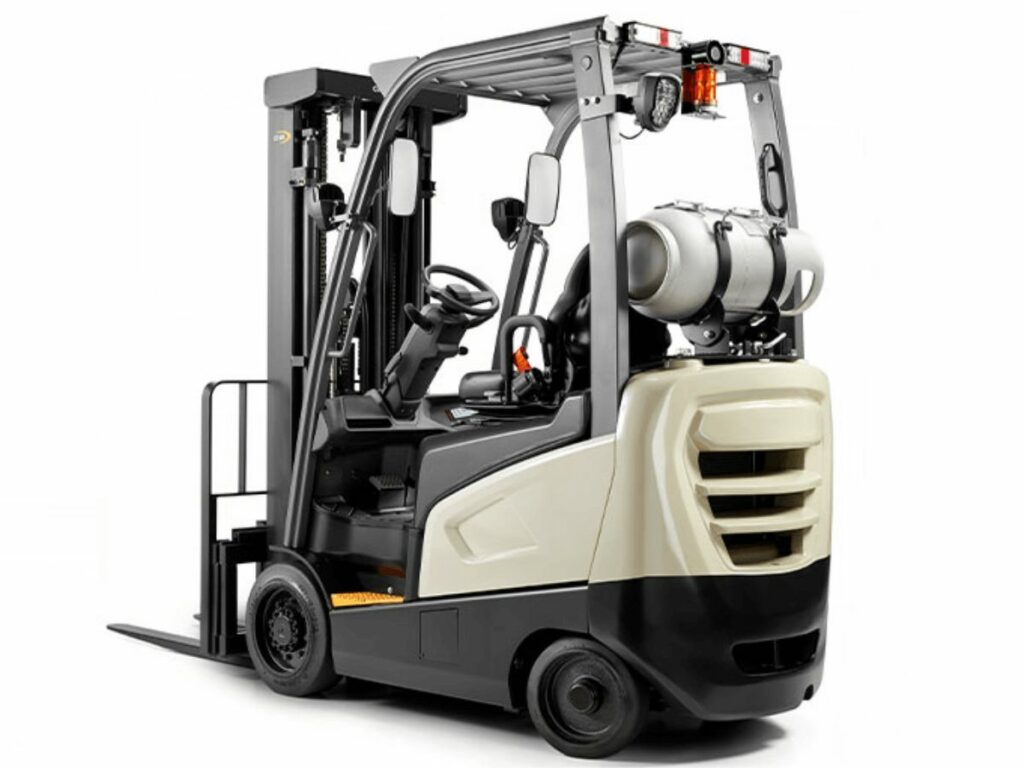
6. Types of Industries that Can Benefit from Using ICCBs in Their Operations
Many different types of businesses and industries can benefit from using internal combustion counterbalance trucks, or ICCBs, in their operations. Some of the most common include:
Manufacturing and Production Facilities
Manufacturing and production facilities can benefit from using ICCBs in several ways. For one, ICCBs can be used to move heavy loads of materials and products around the facility quickly and efficiently.
Additionally, ICCBs can be used to load and unload trucks, which can help reduce traffic congestion and improve overall operations.
Distribution Centers and Warehouses
One type of industry that can benefit from using ICCBs in their operations is distribution centers and warehouses. These types of businesses often have to move large quantities of goods around the facility, and an internal combustion counterbalance truck can help make this process more efficient.
Retail Stores and Shopping Centers
Retailers can use ICCBs to move products around their facilities quickly and efficiently. By having a fleet of ICCBs on hand, retailers can keep their shelves stocked and customers satisfied.
Airports and Other Transportation Hubs
Airports and other transportation hubs can use ICCBs to move luggage and other cargo around the facility quickly and efficiently. Additionally, ICCBs can be used to load and unload airplanes, which can help reduce congestion and improve overall operations.
ICCBs are of great benefit to many different types of businesses and industries. That’s why, if you’re considering adding ICCBs to your fleet, be sure to contact us at Uforklift! We would be more than happy to help you find the perfect internal combustion counterbalance truck for your needs.
7. How to Properly Operate an Internal Combustion Counterbalance Truck
The internal combustion counterbalance truck is one of the most versatile and efficient pieces of equipment used in many industries. When operated correctly, it can save time and money for your client’s company. Here is a step-by-step guide on how to properly operate an internal combustion counterbalance truck.
Step#1 Read the Manual
Before operating the internal combustion counterbalance truck, the operators must read the manual. This will ensure that they understand all of the safety features and functions of the truck. It is also important that they familiarize themselves with the controls so that they can operate the truck safely and efficiently.
Step#2 Inspect the Truck
It is important to inspect the internal combustion counterbalance truck before starting to use it. The operators should check the tires, brakes, and steering to make sure that they are in good condition.
They should also check the engine oil and coolant levels. If they notice any problems with the truck, it is important to have them fixed before they start using the truck.
Step#3 Operate the Truck in a Safe Area
Before starting to use the internal combustion counterbalance forklift, it is important to find a safe area to operate the truck. This will ensure that the operator does not damage any property or injure themselves or others. Once they have found a safe area, they can start operating the truck.
Step#4 Start the Truck
To start the internal combustion counterbalance truck, the operator will need to turn on the ignition and engage the clutch. Once the engine is running, they can put the truck in gear and start driving.
Step#5 Drive the Truck
When the operators are driving the internal combustion counterbalance truck, it is important to be aware of the surroundings. They should avoid driving in areas where there are pedestrians or other vehicles.
They should also avoid driving in areas where there is a lot of traffic. If the operator must drive in these areas, it is important to be extra cautious.
Step#6 Do Not Overload the Truck
It is important to make sure that the operator does not overload the truck. This can cause the truck to tip over and can damage the cargo. It is also important to make sure that they do not exceed the weight limit for the truck.
Step#7 Park and Turn Off the Truck
When the operators are finished using the internal combustion counterbalance truck, it is important to park the truck in a safe area. They should engage the parking brake and put the truck in neutral before they turn off the engine. Once the engine is off, the operator can release the parking brake.
By following these steps, operators can ensure that they properly operate the internal combustion counterbalance truck. This will help your clients avoid accidents and injuries and at the same time, save time and money for their company.
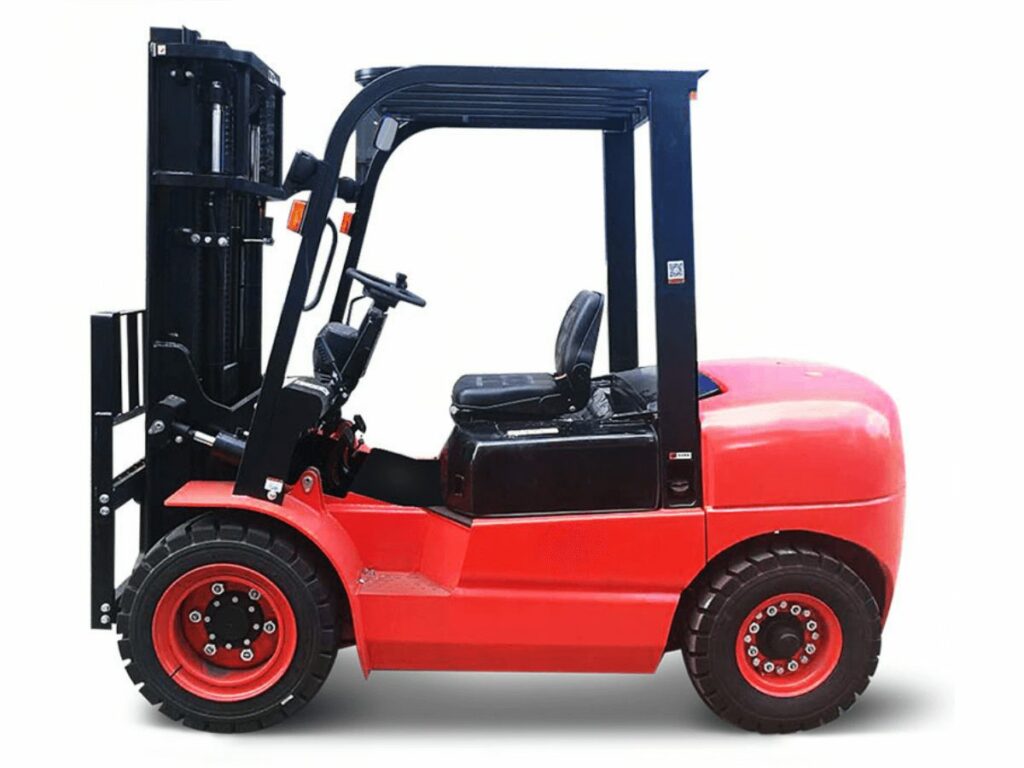
8. How to Choose the Right Internal Combustion Counterbalance Truck for Your Needs
When it comes to choosing the right internal combustion counterbalanced forklift truck for your client’s needs, there are a few things you need to take into account. Here are some of the things to be considered:
Type of Internal Combustion Engine
When choosing an internal combustion engine for your counterbalance truck, you need to consider the power output you require as well as the amount of maintenance you are willing to do.
Load Capacity
The load capacity of the internal combustion counterbalance truck is an important factor to consider. You need to make sure that the truck can handle the weight of the loads you will be transporting.
Lifting Height
The lifting height of the internal combustion counterbalance truck is another important factor to consider. You need to make sure that the truck can reach the heights you need it to.
Overall Dimensions
The overall dimensions of the internal combustion counterbalance truck are important to consider. You need to make sure that the truck will be able to fit in the space you have available.
Price
Of course, the price of the internal combustion counterbalance truck is also an important factor to consider. You need to make sure that you are getting a good deal on the truck and is within the budget.
Warranty and Services
When choosing an internal combustion counterbalance truck, be sure to consider the warranty and service options offered by the manufacturer. Many manufacturers offer extended warranties for an additional fee, so be sure to ask about this before making your purchase.
9. 4 Maintenance Tips for Internal Combustion Counterbalance Trucks
Just like any other type of machinery, internal combustion counterbalance trucks require regular maintenance to keep them running smoothly. Here are a few tips to help your clients keep their trucks in top shape:
#1 Check Engine Oil Regularly
Internal combustion counterbalanced trucks have engines just like any other type of truck, so it’s important to check the oil level regularly. The operator can do this by opening the hood and using the dipstick to check the oil level. If it’s low, add more oil until it reaches the full mark.
#2 Inspect the Battery
The battery is another important component of internal combustion counterbalance trucks. The operator should inspect it regularly to make sure it’s clean and free of corrosion. If they notice any problems, take the battery to a mechanic to have it checked out.
#3 Check the Tire Pressure
Another important maintenance tip is to check the tire pressure regularly. This can be done with a tire pressure gauge. If the pressure is low, add air to the tires until they reach the proper level.
#4 Inspect Air Filters
Air filters can become clogged over time, so it’s important to inspect them regularly and replace them if necessary. The operator can usually find the air filter under the hood of the truck.
By regularly inspecting each of these parts and taking care of any problems that arise, your client can keep their internal combustion counterbalance forklift truck in top shape and avoid costly repairs down the road.
Here’s a video of different fuels sources an Internal Combustion Counterbalance Truck use to operate.
10. Conclusion
The internal combustion counterbalance truck is a specialized type of vehicle that uses a unique internal combustion engine to provide power. This engine has been specifically designed for the needs of the material handling industry, and it offers many advantages over other types of engines.
If you need a material handling solution, be sure to contact us at Uforklift. We can help you find the perfect equipment for your business, and we offer lease and purchase options so that you can get the equipment you need without breaking the bank.
